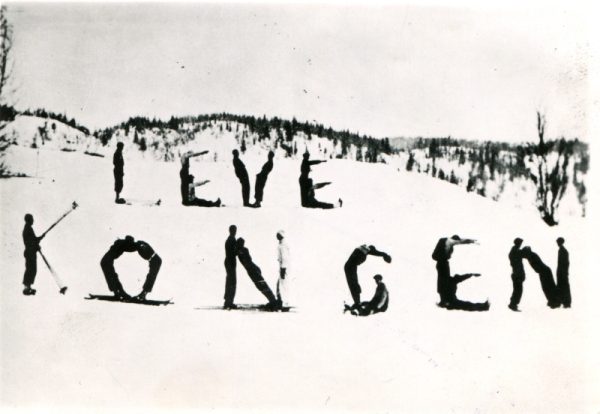The Resistance
From the beginning, the resistance was mainly civil and ideological. Both individuals and organizations protested against policies to nazify the society. As a reaction, the occupation regime became increasingly harsh, and thousands were arrested.
Teachers and priests were able to stop the Nazification of schools and of the church. Calls were also made for boycott actions and industrial sabotage. The military resistance movement, Milorg, established ties with Norwegian forces abroad and with the British intelligence service. They built a network throughout the country to gather intelligence and transport people and materials.
Initially, the leaders of the resistance wanted to avoid major resistance actions to prevent German reprisals against civilians. However, this gradually changed, and they began to receive weapons and instructors from Great Britain. It was dangerous work because of agents working for the Gestapo.
The occupiers responded with arrests, civilian restrictions, and executions of resistance fighters. In October 1942 for example, in response to a series of sabotage actions, the German authorities arrested ten of the most prominent citizens in Trondheim and executed them without trial near Falstad prison camp.
As the war approached its final phase, the resistance movement increased its activity with liquidations of collaborators, sabotage of infrastructure, and actions against the occupiers’ attempts to mobilize society for German war industry.


